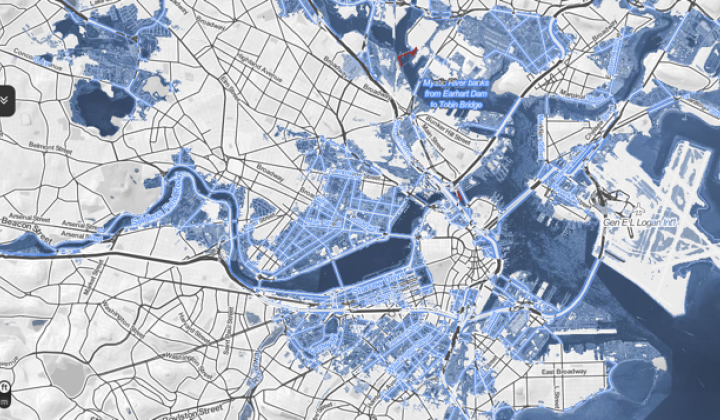Can We Save Boston and Cambridge?

Can we save Boston and Cambridge?
This is an important question to be asking our legislators.
What is it going to cost to have huge amounts of Boston and Cambridge underwater?
What are the implications for Massachusetts if Logan Airport is unusable? If Storrow Drive and our T stations are submerged?
What happens to our educational legacy if Harvard and MIT have to move?


Note: Storrow Drive and Alewife Station are underwater in both scenarios!
The world’s greatest reservoir of ice is verging on a breakdown that could push seas to heights not experienced since prehistoric times, drowning dense coastal neighborhoods during the decades ahead, new computer models have shown.
A pair of researchers developed the models to help them understand high sea levels during previous eras of warmer temperatures. Then they ran simulations using those models and found that rising levels of greenhouse gases could trigger runaway Antarctic melting that alone could push sea levels up by more than three feet by century’s end.
The same models showed that Antarctica’s ice sheet would remain largely intact if the most ambitious goals of last year’s Paris agreement on climate change are achieved.
[Climate Central][Interactive Maps]
Only very aggressive climate action can save the world’s coastal cities from inundation by century’s end.
We still could limit sea level rise to two feet this century if we keep total warming below 2°C, according to analysis using these new findings. Otherwise, we should be anticipating five to six feet of sea level rise by 2100 — which would generate hundreds of millions of refugees. That isn’t even the worst-case scenario.
This latest research from the journal Nature underscores that what the nation and the world do in the next decade or two will determine whether or not cities like Miami, Boston, New York, or New Orleans have any plausible chance to survive by 2100.


